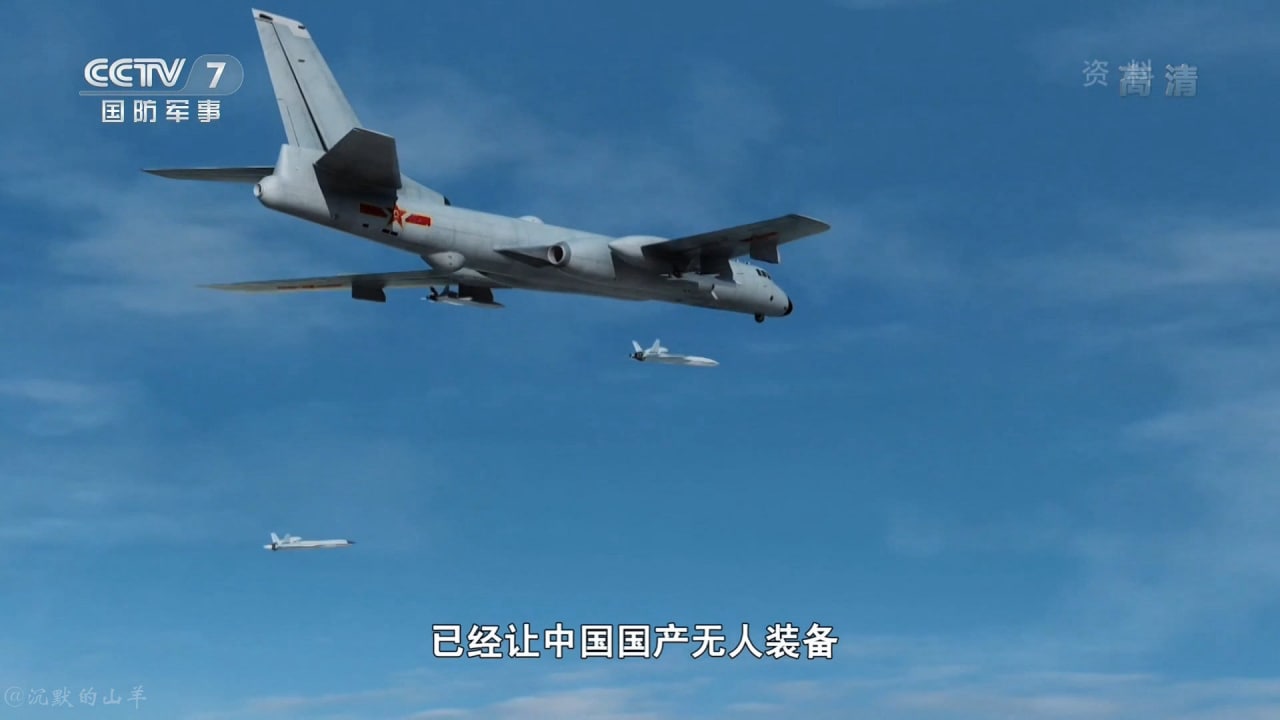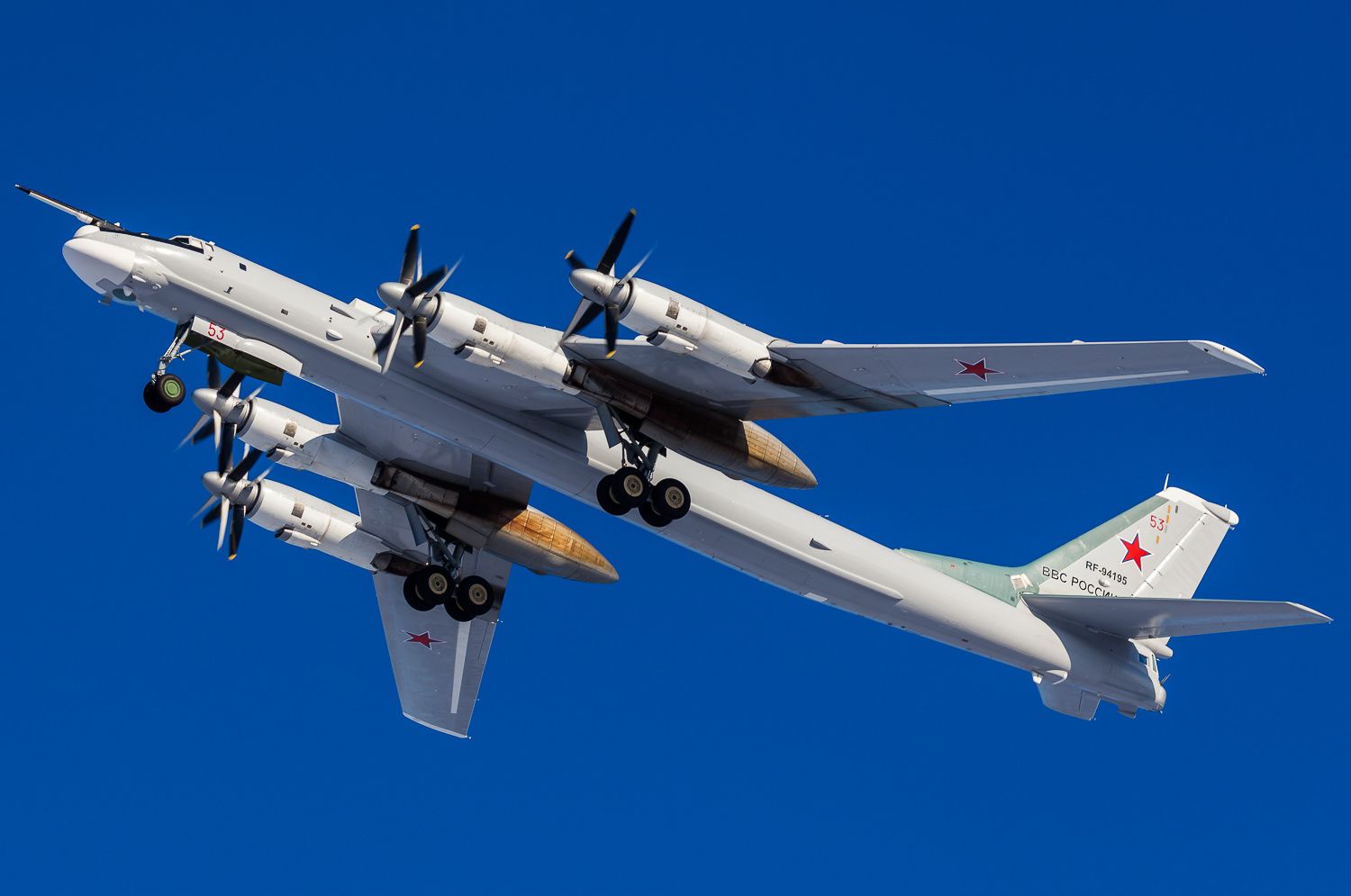Tokyo is becoming increasingly concerned over the rising frequency of nuclear-capable Russian Tupolev Tu-95 bombers and Chinese Xi’an H-6 bombers flying near Japanese waters.
On November 11, the Japanese Prime Minister, describing the current scenario as “the toughest and most complex security environment in postwar times,” conveyed apprehension regarding the joint flights of Chinese and Russian bombers over waters near Japan.
Speaking at the Iruma Air Base near Tokyo, Prime Minister Fumio Kishida highlighted the escalating attempts to alter the status quo around Japan unilaterally. He advocated for a “swift” deployment of long-range (LR) missiles to enhance the country’s defense capabilities.
Although Japan’s airspace remained unbreached during these coordinated flights, the Japanese Defense Ministry has conveyed serious concerns to China and Russia through diplomatic channels.
This stems from the perceived display of military strength through the recurring flights of nuclear-capable Russian and Chinese bombers near Japanese waters.
Prime Minister Kishida noted a significant shift in Japan’s strategic approach, citing the recent revision of key defense documents. This revision involves acquiring “counterstrike” capabilities, enabling Japan to target enemy bases if needed.
Notably, this policy adjustment represents a departure from the principles embedded in Japan’s pacifist Constitution. Furthermore, the prime minister pledged to secure the necessary funding and steadfastly committed to fortifying the nation’s security.
This commitment gains heightened significance amid escalating security challenges, particularly North Korea’s persistent missile and nuclear threats.
Beijing and Moscow have been increasingly participating in joint military operations, seemingly as part of an effort to counter the international order primarily led by the United States and dominated by other Western nations.
The cooperation has demonstrated the resilience of their military ties, amplifying concerns in both Washington and Tokyo about the potential implications of this partnership in a prospective East Asian conflict, with a particular focus on the Taiwan Strait.
Previous Instances
The noticeable uptick in flight frequency involving Russian and Chinese bombers started gaining attention last year and has since evolved into a recurring pattern. In May 2022, during patrols, Chinese and Russian warplanes approached Japan’s airspace.
This incident coincided with Tokyo hosting a Quad summit with the leaders of the United States, India, and Australia. Despite China’s assertion that the flights were not aimed at third parties, Japan expressed alarm at the proximity of these military activities.
In November, as a demonstration of their deepening military collaboration, Russian and Chinese strategic bombers conducted a joint patrol over the Pacific Ocean, culminating in a historic event where the warplanes landed on each other’s airfields for the first time.

During the nearly eight-hour mission, the Russian Tu-95 “Bear” bombers and Chinese H-6K bombers traversed the Sea of Japan and the East China Sea. This flight path prompted South Korea and Japan to scramble fighter jets in response to the perceived security implications.
In the most recent incident in June, four Chinese and Russian bombers conducted a joint flight over waters near Japan, leading the Air Self-Defense Force (ASDF) to deploy fighter jets in response. That event marked the sixth instance of the two nations conducting joint bomber patrols in the area since 2019.
After this event, Japan issued a warning, expressing “grave concern” over the deepening military cooperation between China and Russia, particularly emphasizing its implications for the country’s security.
This statement was made in Japan’s first defense white paper since unveiling plans to augment defense spending in 2022. China’s increasing military assertiveness in the region has also raised concern among its neighbors and Western allies such as the United States.
Meanwhile, apart from these joint flights, the Russian and Chinese Air Forces regularly carry out independent regional missions. Therefore, Tokyo is actively pursuing enhanced cooperation with like-minded nations.

On November 11, Japan’s navy announced the initiation of an annual joint military exercise, with the Philippines participating as an observer for the first time. The Japan-led Annualex exercise commenced with operational activities led by the naval forces of the United States, Australia, and Canada.
Additionally, US bombers regularly engage in joint training exercises with the Japanese and Korean Air Forces over the Sea of Japan or the East Sea, underscoring the ongoing efforts to foster regional security partnerships.
- Contact the author at ashishmichel(at)gmail.com
- Follow EurAsian Times on Google News




